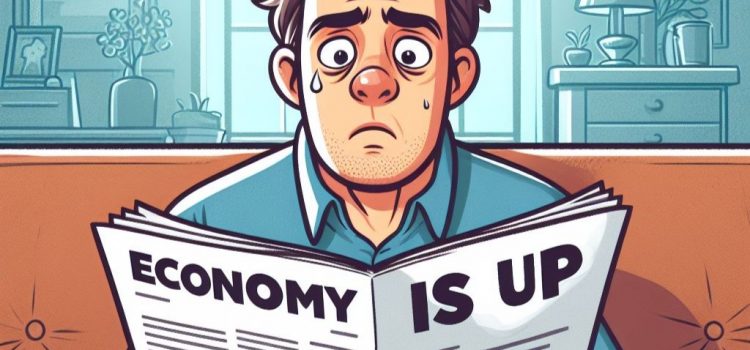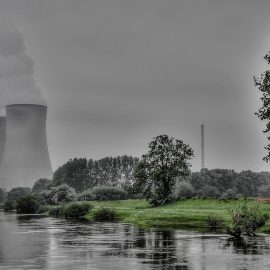
This is a free excerpt from one of Shortform’s Articles. We give you all the important information you need to know about current events and more.
Don't miss out on the whole story. Sign up for a free trial here .
Why is there so much economic pessimism in the US, despite an objectively strong economy? How might the disconnect between economic realities and perceptions impact consumer habits and the future state of the American economy?
Despite robust economic indicators in the US, public opinion surveys find many Americans are pessimistic about the economy. Factors contributing to the negativity include persistent inflation, political polarization, the media, and lasting scars from the Covid-19 pandemic.
Here’s why there’s such a disparity between the numbers and public perception.
Economic Perception vs. Reality
Despite some of the strongest economic indicators in years showcasing a robust US economy, an undercurrent of economic pessimism persists among much of the public.
Background
Positive economic indicators reveal an American economy in full swing:
- The GDP growth rate was 4.9% in the third quarter of 2023.
- The labor market is strong.
- Average wages now exceed pre-pandemic levels.
- Inflation is at its lowest point in two-and-a-half years.
- Consumer spending is robust.
- Corporate profits and business investments are healthy.
- The long-threatened recession has not materialized.
Despite these strong indicators, however, surveys reveal public unease and negativity about the financial landscape. In a recent New York Times/Siena poll, 81% of Americans rated the economy as being just “fair” or “poor.”
Understanding America’s Economic Disconnect: Reality vs. Perception
Economists and analysts pinpoint several factors driving the disparity between the US’s positive macroeconomic indicators and public pessimism, including:
- Inflation. Though inflation rates are moderating, they remain high.
- Political polarization. People are more likely to view the economy negatively when their party isn’t in power.
- The media. Both traditional and social media outlets are spreading and amplifying negative news faster and broadly, fueling humans’ innate tendency toward pessimism. Negative economic news tends to draw greater user interaction (such as shares and comments) compared to positive economic news.
- The Covid-19 pandemic, which claimed over a million American lives, shook daily life and the economy to the core, and it undermined public confidence in the future.
Looking Ahead
Despite some economists’ reassuring forecasts for growth, jobs, and inflation in 2024, much of the American public appears to hold a grim outlook.
A recent Bankrate survey reported that 63% of Americans believe their financial status won’t improve next year. This includes 38% who anticipate their situations will remain the same and 26% who foresee a decline.
Some economists warn that this pessimistic outlook could turn into a self-fulfilling prophecy if it leads consumers to cut back on spending out of concern over what’s to come or if businesses to delay investments.

Want to fast-track your learning? With Shortform, you’ll gain insights you won't find anywhere else .
Here's what you’ll get when you sign up for Shortform :
- Complicated ideas explained in simple and concise ways
- Smart analysis that connects what you’re reading to other key concepts
- Writing with zero fluff because we know how important your time is






